Description
IGF-1 LONG R3(100MCG SOMATOMEDIN C/VAIL=1 POWDER+WATER)
Active-Life:10 min FOR IGF-1 to 20-30 hours for IGF-1 Long R3
Drug Class: Growth Factor
Average Reported Dosage: 60-1000mcg daily
Water Retention: Diet dependent
IGF1 LR3 allows for many of the growth-promoting effects of growth hormone insulin-like growth factors also know as IGF’s. IGF-1 LR3 comprises a family of peptides (protiens) that play important roles in mammalian growth and development. IGF1 LR3 is also known as Long R3 IGF-1 or Insulin-Like Growth Factor-I Long Arg3.
The Long R3 IGF-1 version is significantly more potent than regular IGF-1. The enhanced potency is due to the decreased binding of IGF1 LR3 to all known IGF binding proteins. These binding proteins normally inhibit the biological actions of IGF’s therefore IG-1 LR3 has been shown to have increased efficacy and function .
This IGF-1 LR3 analog of IGF-1 has been created with the purpose of increasing the biological activity of the IGF peptide.
IGF1 LR3 is also known as Long R3 IGF-1 or Insulin-Like Growth Factor-I Long Arg3. This is a human recombinant, single, non-glycosylated, polypeptide chain containing 83 amino acids and having a molecular mass of 9200 Daltons. IGF1 mediates many of the growth-promoting effects of growth hormone (GH; MIM 139250). The LR3 is a long-term analog of human IGF-1, specifically designed and manufactured for mammalian cell culture to support large-scale manufacturing of recombinant biopharmaceuticals. Early studies showed that growth hormone did not directly stimulate the incorporation of sulfate into cartilage, but rather acted through a serum factor, termed ‘sulfation factor,’ which later became known as ‘somatomedin’.
IGF-1 LR3 is the primary protein involved in responses of cells to growth hormone (GH): that is, IGF-I is produced in response to GH and then induces cellular activities. One such example is muscle growth or hyperplasia. This compound also makes the human body more sensitive to insulin. It is the most potent growth factor found in the human body. IGF-1 causes muscle cell hyperplasia, which is an actual splitting and forming of new muscle cells.
The most effective form of IGF-1 is considered to be IGF-1 LR3. This formula has been chemically altered to avoid binding to proteins in the human body, and to increase the half life, approximately 20-30 hours.
IGF-1 is naturally produced in the liver as a result of GH (Growth Hormone) metabolism in the presence of insulin. Muscle tissue can also produce IGF-1 by way of an intracellular response. In fact, one of the benefits of training sets that result in an intense burn, or stretch position training, is the production of natural IGF-1. It is also a side effect of oral 17-ALFA ALKYLATED STEROIDS, which cause a higher release of IGF-1 from the liver. IGF-1 receptors exist throughout muscles and organs such as the heart, spleen, small intestines, and kidneys with a higher concentration of receptors exerting effects upon organs. IGF-1 is extremely anabolic, far more so than GH or Insulin.
Recombinant IGF-1 (genetically engineered) was reported to be effective when injected intramuscularly because it causes localized growth. This was the most popular method, and the agreed wisest for the most part. The drug has a half-life of about 10 minutes, and if it is or has been bound to IGF -BP-3, (INSULIN GROWTH FACTOR BINDING PROTEIN)
the half- life is extended to about 12 hours. Pro’s often stacked Insulin and/or GH with IGF-1 because IGF-1 shuts off natural GH production and GH causes Insulin resistance. IGF-1 is often referred to as Pro-insulin because it counteracts Insulin resistance and interacts with insulin. But this would actually be an untrue term for
IGF-1.
IGF-1 can have all the side effect of GH or insulin use with an added negative: gastrointestinal (GI) growth. This is due to a higher number of IGF-1 receptors being located in the GI tract as compared to skeletal muscle. The latter has more GH receptors. This explains much of the bloat seen in pro bodybuilders of late.
IGF-1 is not stable in synthetic forms. A loud noise, shaking a vial, and sudden heat changes can render it nothing more than a bunch of expensive amino acids. Picture a piece of string folded up in a specific shape and held in that shape by a few fibers. This is what an amino acid sequence for GH or IGF-1 looks like, but the IGF-1 sequence has only 2 fibers keeping the active shape. The strand or string is a specific amino acid sequence. The shaping fibers holding the active shape are called disulfide bridges. Change the folding or break a bridge and the IGF-1 no longer fits into its receptor-site. Like a key must have a specific shape to actuate its lock, so must a drug have the right shape to actuate its receptor. Again, this explains the common noted necessity of careful preparation and site-specific injection (into the muscle group trained that day) when IGF-1 was administered.
Common stacks have been 0.25-0.50-mg of GH per KG of body weight stacked with 60-1000mcg of IGF-1 divided into 2-5 daily injections. Many had reported improved lean mass gains by combining both with insulin and high androgen AAS (Such as testosterone or orals such as DIANABOL and /or ANADROL-50) for 4-8 weeks. Many simply injected 40-mcg of IGF-1 directly into the muscle group trained that day after training. It is important to note that IGF-1 can cause hypoglycemia and blood sugar monitoring was considered paramount by most.
*The reader should note that IGF-1 has been used clinically on children at dosages of over 3-7mg daily. That is 3,000-7,000 mcg a day! No negative side effects were recorded, though none were expected… of course. The point being is that the 40-100 mcg of IGF-1 used by athletes is most likely insufficient, yet very expensive. However, the results some individuals have realized through IGF-1 use are amazing.
I have personally noted amazing new growth as a result of past IGF-1 administration. However it is important that readers realize that long term negative side effects have not been well studied. Anything that possesses genetic altering potential has equally negative potential as well.
Insulin-like growth factor (IGF-1: originally called somatomedin) has been known to be produced by live under the influence of human growth hormone (HGH). The mature systemic type of IGF-1 is a simple 70 amino acid peptide, but its gene is unexpectedly large spanning a region of over 90 kb of genomic DNA. Alternative splicing of IGF-1 gene results in different transcripts encoding several IGF-1 precursor proteins. IGF-1 has been shown to be involved in several cellular processes including tissue differentiation,maintenance of tissue mass and tissue repair . And it is known to be mitogenic and myogenic. IGF-1 is thought to be responsible for much of the anabolic activity of HGH, including nitrogen retention and protein synthesis as well as causing muscle cell hyperplasia (increase in number of muscle cells), and mitogenesis (the growth of new muscle fibers). In fact, IGF-1 acts on several different tissues (not just muscle) to enhance growth through various mechanisms. The easiest way to think about IGF is that it is a primary factor in the anabolic effects of weight training.
IGF-1 Long R3
Many IGF-1 variations have been developed for research and bodybuilding use. IGF-1 Long R3 (or Long R3 IGF-1) is the most effective form of IGF-1. it has been chemically altered and has had amino acid changes which cause it to avoid binding to proteins in the human body and allow it to have a much longer half life, around 20-30 hours. Long R3 IGF-1 is an 83 amino acid analog of IGF-1 comprising the complete human IGF-1 sequence with the substition of an Arg(R) for the Glu(E) at position three, hence R3, and a 13 amino acid extension peptide at the N terminus. This analog of IGF-1 has been produced with the purpose of increasing the biological activity of the IGF peptide. All these alterations make IGF-1 Long R3 significantly more potent (2-3x) than IGF-1 in studies, because it has a lower affinity to be rendered inactive by IGF binding proteins. Yeah, all effects of IGF-1 still holds true for this version, but it?s just a bit more active in the body, and hence more potent. It is also not as expensive since a media grade version is available which is sufficient for bodybuilding use.
Effects
Experiments have been carried out using the cDNA of IGF-1(a compound which was responsible for directing over expression of IGF-1) in an adenoviral vector under the control of a muscle regulatory sequence. Results were shown by Fig.1. It was found that a single intramuscular injection of IGF-1 cDNA into a mouse muscle resulted in a 15% increase in mean muscle fibre cross section area and a 14% increase in strength in young adult mice within four months. It was concluded due to the anabolic effect of IGF-1. But those effects are not all that the researchers have found. IGF also seems to prevent aging-related muscle changes in old adult mice. These old mice experienced a 27% increase in strength as compared with uninjected old muscles. Muscle mass and fiber type distributions were maintained at levels similar to those in young adults. The researchers have speculated that these effects are primarily due to stimulation of muscle regeneration via the activation of satellite cells by IGF-I
But how effective does IGF-1 Long R3 work on bodybuilders? It’s difficult to put a number on results, since they’re so subjective, but as a general rule, experienced users have found IGF-1 Long R3 to add up to 5% to their lifts in a cycle alone, and a decent reduction in body fat coupled with an increase in muscle gain. A five to ten pound sway each way is possible. The less experienced you are with chemical enhancement, typically the greater the results you can achieve with IGF-1 Long R3 (or any body enhancement chemical). In addition, users report a steady decrease in bodyfat percentage levels due to increase in muscle tissue. Users and researchers have reported most effective results with a 6 weeks on and 4 weeks off cycle.
Mechanism
How does IGF-1 work? To understand how IGF-1 works we have to understand how muscles grow. The ability of muscle tissue to constantly regenerate in response to activity makes it unique. It’s ability to respond to physical/mechanical stimuli depends greatly on satellite cells. Satellite cells are muscle precursor cells which also might be thought of as “pro-muscle” cells. They are cells that reside on and around muscle cells. These cells sit dormant until called upon by growth factors such as IGF-1. Once this happens these cells divide and genetically change into cells that have nuclei identical to those of muscle cells. These new satellite cells with muscle nuclei are critical if not mandatory to muscle growth. Whenever a muscle grows in response to functional overload there is a positive correlation between the increase in the number of myonuclei and the increase in fiber cross sectional area (CSA). When satellite cells are prohibited from donating new nuclei, overloaded muscle will not grow [10, 11]. So one important key to unnatural muscle growth is the activation of satellite cells by growth factors such as IGF-1.
IGF-1 stimulates both proliferation (an increase in cell number) and differentiation (a conversion to muscle specific nuclei) in an autocrine-paracrine manner, although it induces differentiation to a much greater degree. This is in agreement with the Dual Effector theory. In fact, you can inject a muscle with IGF-1 and it will grow. Studies have shown that , when injected locally, IGF-1 increases satellite cell activity, muscle DNA content, muscle protein content, muscle weight and muscle cross sectional area.
Scientists are now discovering the signaling pathway by which mechanical stimulation and IGF-1 activity leads to all of the above changes in satellite cells, muscle DNA content, muscle protein content, muscle weight and muscle cross sectional area just outlined above. This research is stemming from studies done to explain cardiac hypertrophy. It involves a muscle enzyme called calcineurin which is a phosphatase enzyme activated by high intracellular calcium ion concentrations. Note that overloaded muscle is characterized by chronically elevated intracellular calcium ion concentrations. Other recent research has demonstrated that IGF-1 increases intracellular calcium ion concentrations leading to the activation of the signaling pathway, and subsequent muscle fiber hypertrophy . In summary the researchers involved in these studies have explained it this way, IGF-1 as well as activated calcineurin, induces expression of the transcription factor GATA-2, which accumulates in a subset of myocyte nuclei, where it associates with calcineurin and a specific dephosphorylated isoform of the transcription factor nuclear factor of activated T cells or NF-ATc1. Thus, IGF-1 induces calcineurin-mediated signaling and activation of GATA-2, a marker of skeletal muscle hypertrophy, which cooperates with selected NF-ATc isoforms to activate gene expression programs leading to increased contractile protein synthesis and muscle hypertrophy.
Dosage and Administration
The magic effects happens between 60mcgs and 120mcgs per day, in divided doses. In general, people who have used less, and even up to 50mcg/day have had mediocre results. People who have used more have suffered headaches and nausea, and generally not much more in the way of results.
It has been clearly observed in studies that when GH and IGF-1 are used together, you’ll get greater results in the accumulation of Lean Body Mass than you would by using either of them alone[15]. In addition, there is a very strong probability that testosterone would be synergistic to GH[16], and would also increase IGF levels in muscle.
Differences between IGF-1 and HGH
HGH is actually closely related to IGF-1, in a lot of ways. HGH, or GH in short, is certainly an effective fat burner and anabolic agent, and is a protein secreted by the pituitary. Once secreted, it has the ability to influence various cells in the body to increase in number and size, as well as having the ability to enhance the movement of amino acids through cell membranes- thereby increasing the rate at which the cells can convert those molecules to usable proteins. It also causes cells to preferentially burn fat in lieu of carbohydrates. The important thing to realize is that there is a mounting body of evidence that strongly suggests that these effects occur as a result of the IGF-1 released as a result of the pituitaries GH secretion. Scientists have discovered that many of HGH’s anabolic and regenerative effects are actually mediated by IGF-1. HGH indirectly causes muscle growth by stimulating the release of IGF-1 when it (the HGH) is destroyed in the human body. So one way you could look at it as HGH being a precursor to IGF-1. The later is more effective at directly causing muscle growth and density increases than HGH. Over the past few decades, HGH has developed quite a reputation for taking awhile (often several weeks) for the user to start seeing results. In contrast, IGF-1 often begins to product noticeable results within the first couple of weeks. With growth hormone you need to use high amounts of anabolics and often insulin to see any gains at all, this is not the case with IGF-1. IGF-1’s superiority to HGH is not only intuitive at some level, but has also been clearly elucidated clinically as well. In the following graphs taken from a rodent study comparing IGF-1 and HGH, a low dose as well as a high dose of IGF-1 was shown to be more anabolic than HGH. In comparison to HGH, IGF-1 produced an overall greater total protein content within the injected muscle as well as a greater final weight of the that muscle (called the “Tibialis Anterior” or TA)
It seems to be the case that IGF-1 would be superior to HGH as an anabolic agent. In some clinical studies, that is not always the case, but in most of bodybuilders and athletes, greater results are often seen with IGF-1 over HGH – and it should be noted that they are often seen more quickly

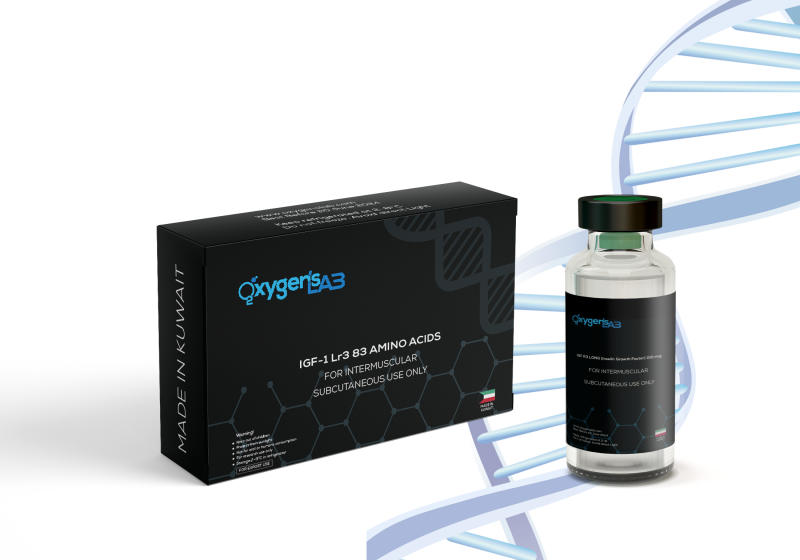
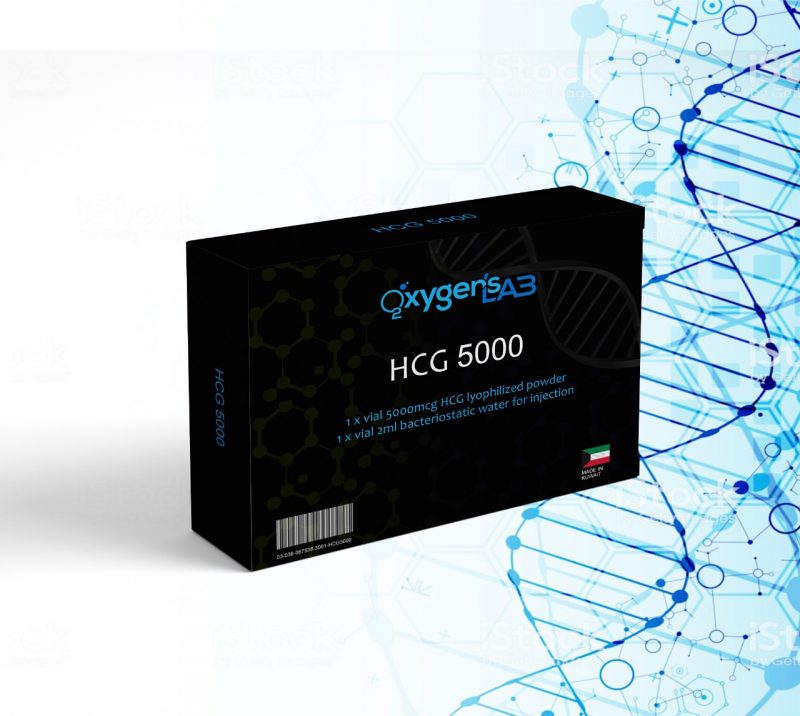
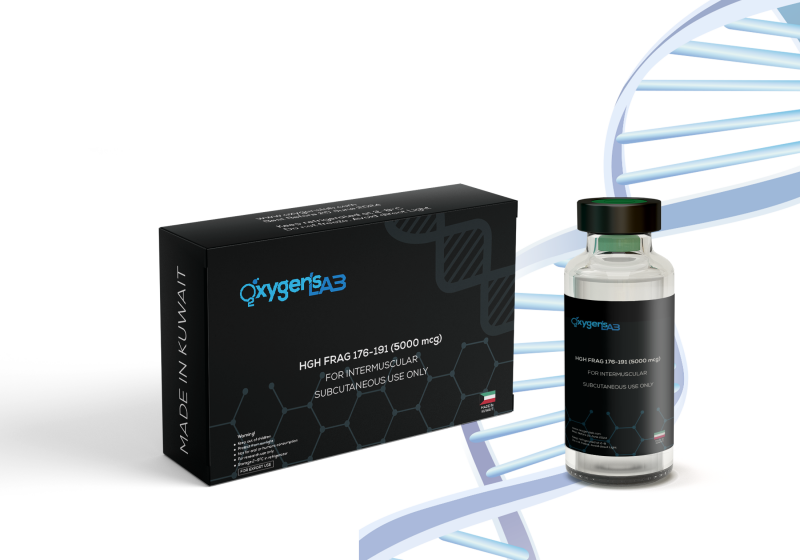
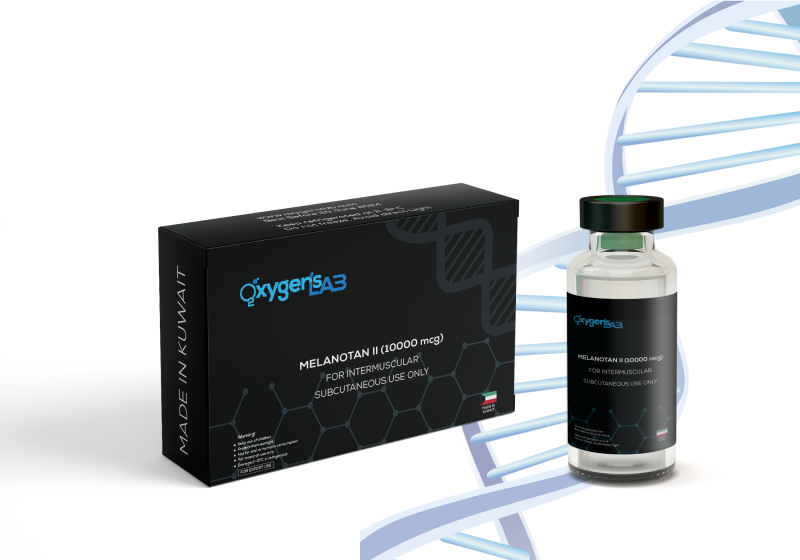

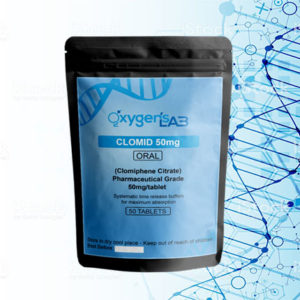
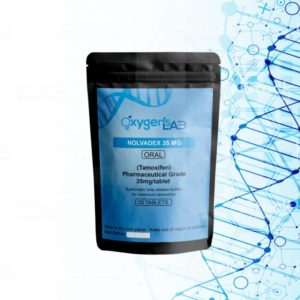
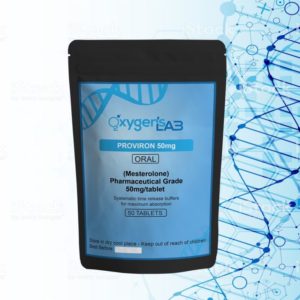
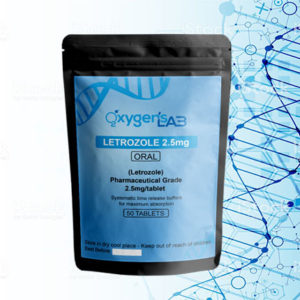
Reviews
There are no reviews yet.